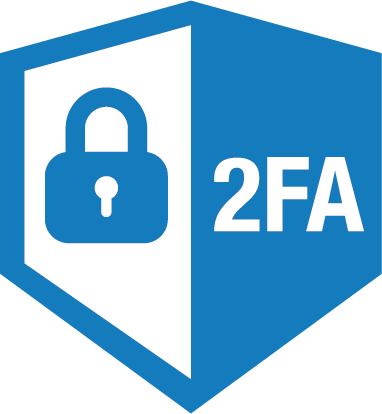Measurement
Model and measurement instruments
The Coaching Monitor uses a wide range of questions. There are four measurement moments: intake, interim, end and follow-up measurements. A series of questions is used for each measurement moment, parts of which are standardised. This means that these questions are administered to every client in the Monitor. In addition, the coach can choose from a number of theme-related questions for each client. It is not possible to add questions to the Coaching Monitor yourself. However, the coach can personalise the question sets by having the client formulate multiple goals and scoring those on a 10-point scale.
The Coaching Monitor follows a set procedure with pre-selected questionnaires for each measurement moment. In composing the questionnaires, the following model was used.

This model roughly depicts the factors that play a role in coaching. The model is based on research into effectiveness of psychotherapy, supplemented with recent knowledge about the active ingredients in coaching. This concerns (A) factors related to the coach (personal traits, background variables and coaching method), (B) factors related to the client (personal traits, background variables, expectations about the coaching sessions and the type of coaching question), (C) the working relation between coach and client, (D) the final results of coaching, and (E) -optionally- evaluation by sponsor and peers (360-degree feedback).
Brief description per factor:
Factor A) Personal Traits, background variables and coaching method
The questionnaire about the coach’s traits includes gender, age, personality, experience, education and way of working. This part is filled out once by the coach when the Coaching Monitor is first used. These data are used to gather sectoral information for benchmarking purposes (comparison between coaches using the Coaching Monitor) and scientific research. The coach receives feedback about this questionnaire.
Factor B1) Personality traits + background variables client
The questionnaire about the client's traits includes gender, age and personality. It also maps the personal (work) situation of the client. This part is filled in only once by the client.
Factor B2) Client's motivation and expectations
This questionnaire concerns the expectations and motivation with regard to the coaching. This part is filled in only once by the client.
Factor B3) Coaching questions (goals)
This questionnaire maps the coaching question, which will be operationalised into concrete goals. These goals will be qualitatively described and quantified on a 10-point scale. This questionnaire will (in adapted format) be carried out at all measurement moments during the coaching (see also part D1). The formulated goals plus the scores will automatically be communicated to the client in the following measurement moments, and they are easily adapted during the coaching: the client can choose to keep, adapt or discard them.
Factor C) Working alliance between client and coach: the coaching relationship
This questionnaire gauges how the client experiences the working alliance. This questionnaire will be carried out several times during the coaching. On the basis of the results, the coach can make adjustments.
Factor D1) Results on the basis of the coaching question (linked to part B3)
To what extent has the coaching question been answered and have the goals been achieved? In addition, it is possible to adjust, discard or formulate goals.
Factor D2) Results based on themes (outcome measures)
In addition to the client's personal goals, theme-related questionnaires that are in line with those goals will be used. These (academic) standardized questionnaires map certain concepts/themes (e.g. quality of life, leadership qualities, communication skills, etc.). The coach can select relevant themes related to the client's personal goals. Themes (concepts, constructs) can be questioned when determining the coaching question (part B3) or separately at the beginning (intake/baseline measurement) and at the end of the coaching. In the current version, the theme 'well-being' will be focussed on. In tje next version, more themes will be added to the Monitor.
Factor D3) Evaluation by the coach
This concerns a short questionnaire to be filled in by the coach. Besides the coach's experience, some characteristics of the coaching can be filled in here. Examples of these characteristics are: duration, number of meetings, applied methods, etc.
Factor E) Evaluation by sponsor and peers (360-degree feedback) - optional.
This concerns questionnaires with which third parties can be involved in the evaluation, such as the sponsor, references, co-workers, team members, direct reports, employees, clients, customers, family members, friends and other third parties. In this way, not only the coach’s and client’s opinions are mapped, but also those of other (involved) parties.




